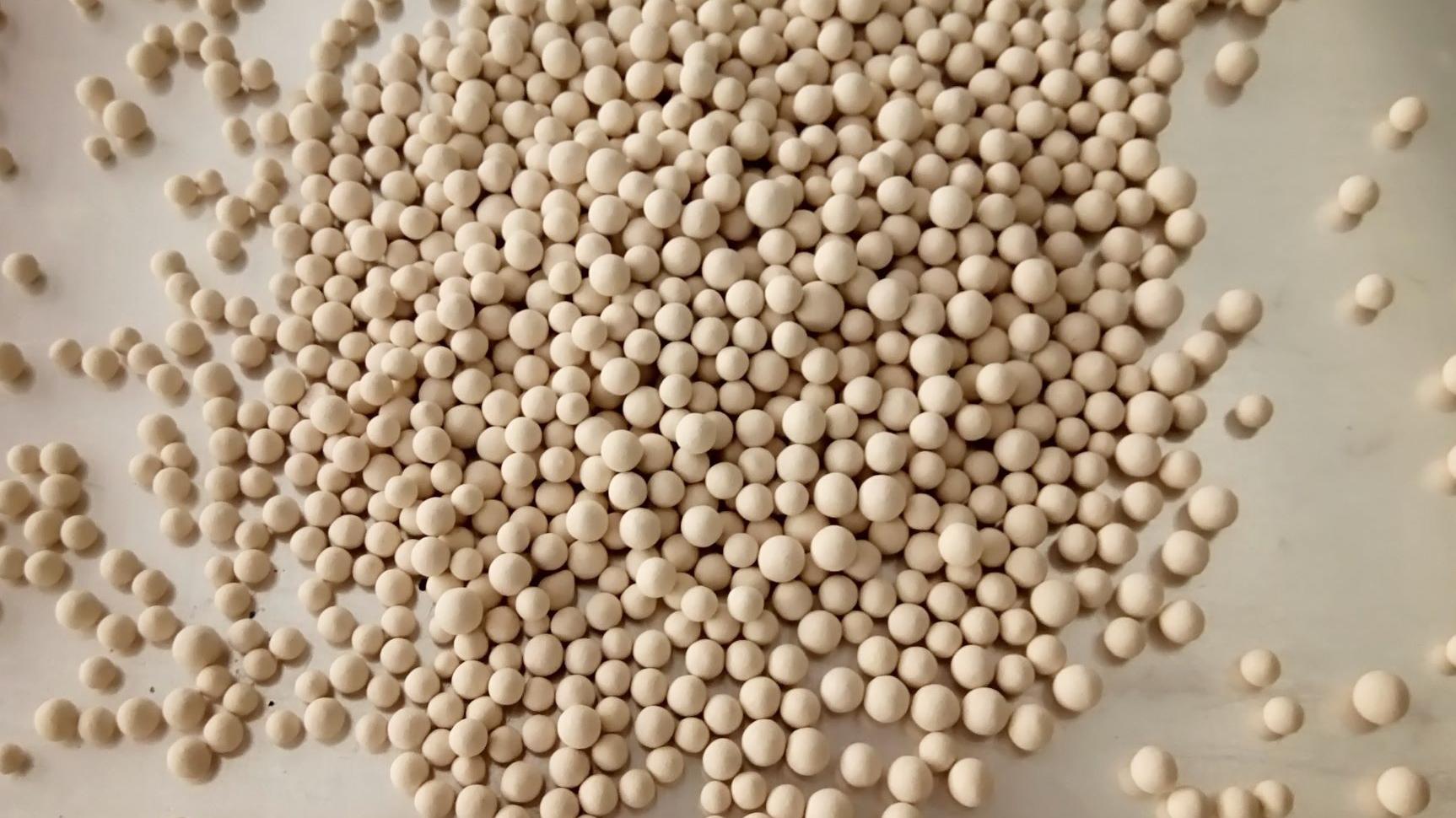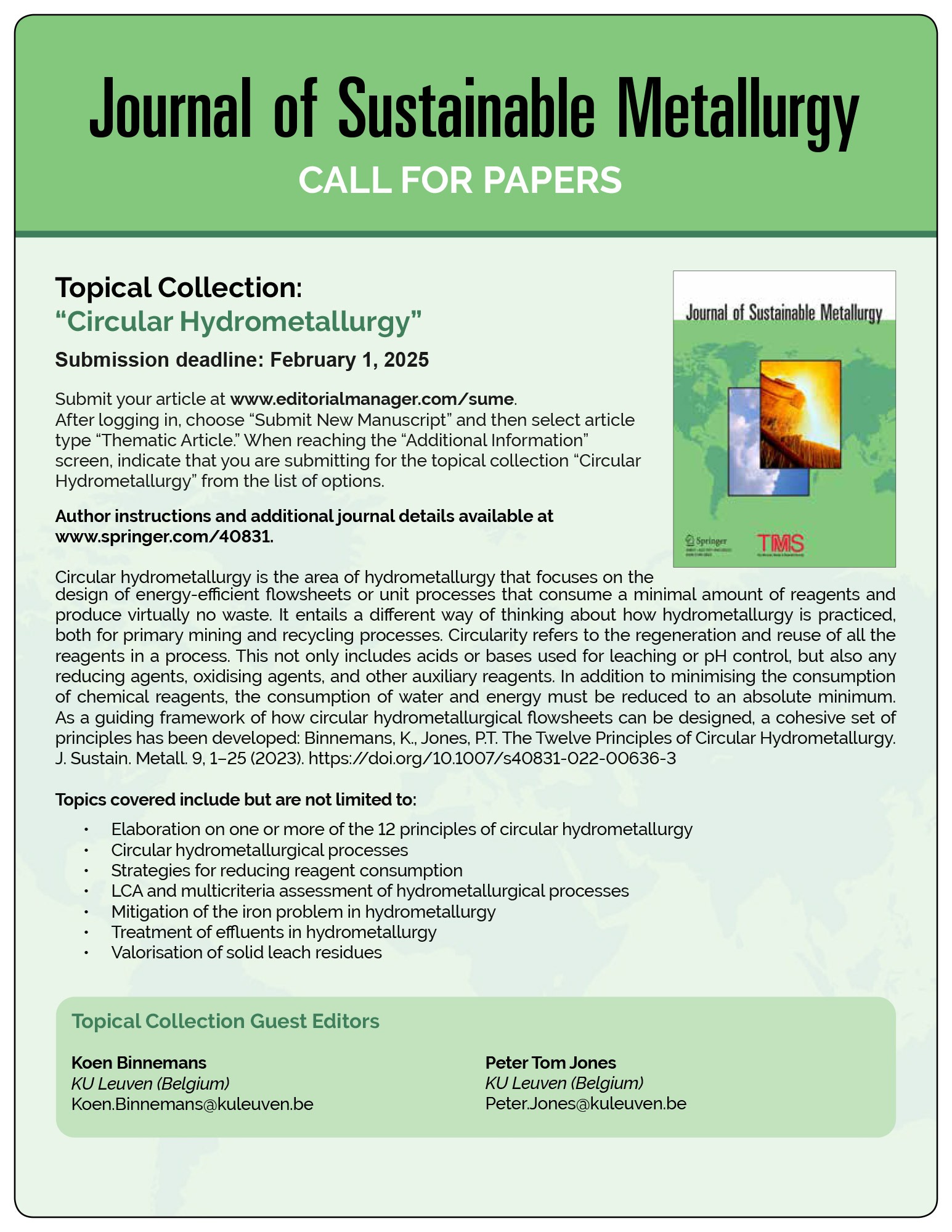SIM² KU Leuven/ProCESS & ARKEMA researchers have corroborated how the use of ultrasound led to faster reaction times and more controlled particle size distribution during NaX zeolite synthesis. The work, which was performed in the framework of the European Training Network for Continuous Sonication and Microwave Reactors (COSMIC), was published in the Journal Ultrasonics – Sonochemistry.
About molecular sieves (zeolites)
Molecular sieves or “zeolites” are crystalline porous materials which, thanks to their high surface area, uniform porosity and an inter-connected pore/channel system, have high adsorption capacities, ion exchange abilities and enhanced catalytic activities.
Zeolites are conventionally synthesized by hydrothermal methods, in batch systems, where a reactive gel composed by sources of aluminum and silica is firstly aged at low temperature (aging stage) and then crystallised by raising the temperature of the gel. The synthesis of zeolites is characterised for the long periods, ranging from several hours to several days.
The reduction of the synthesis time is one of the biggest challenges to be addressed in the zeolite domain in order to develop a continuous process. It is crucial to obtain shorter synthesis time to produce zeolites in a continuous mode. Alternative energy sources such as ultrasound can be applied to zeolite synthesis to achieve the goal.
Ultrasound-assisted crystallisation
The goal in this paper is to apply ultrasound irradiation at different stages of the synthesis of NaX zeolite. Firstly, ultrasound is applied during the crystallisation at high temperature to reduce the reaction time. Secondly, ultrasound is used after the crystallisation as a post-treatment technique for controlling the particle size distribution and agglomeration degree of the final powder.
The main results from the work show that the application of ultrasound during the first hour of crystallisation speeds up the reaction by 20% compared to a standard crystallisation (absence of ultrasound).
Ultrasound can also reduce the agglomeration degree of the final powder, once crystals are already formed, by combining high power and long sonication time. The size and morphology of single crystals are the same whether ultrasound was applied or not.
Full reference of paper
Heidy Ramirez Mendoza, Jeroen Jordens, Mafalda Valdez Lancinha Pereira, Cécile Lutz, Tom Van Gerven, Effects of ultrasonic irradiation on crystallisation kinetics, morphological and structural properties of zeolite FAU, Ultrasonics – Sonochemistry, https://doi.org/10.1016/j.ultsonch.2020.105010
Acknowledgements
The research leading to these results has received funding from the European Community’s Horizon 2020 Programme [(H2020/2016-2020) under Grant Agreement no. 721290 (MSCA-ETN COSMIC)]. This publication reflects only the authors’ view, exempting the community from any liability. Project website: https://cosmic-etn.eu.





